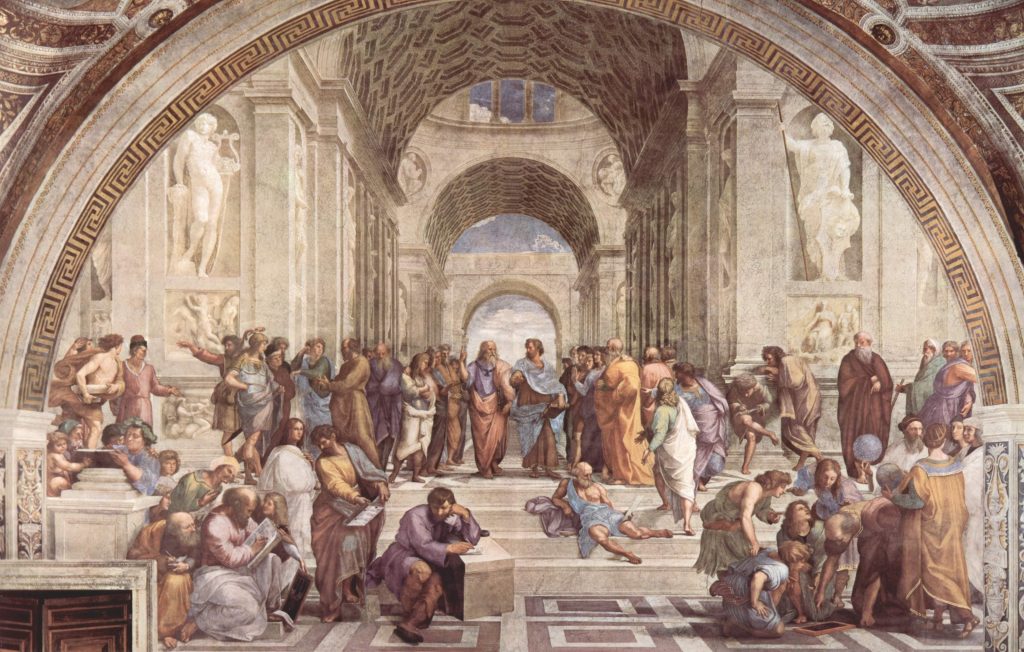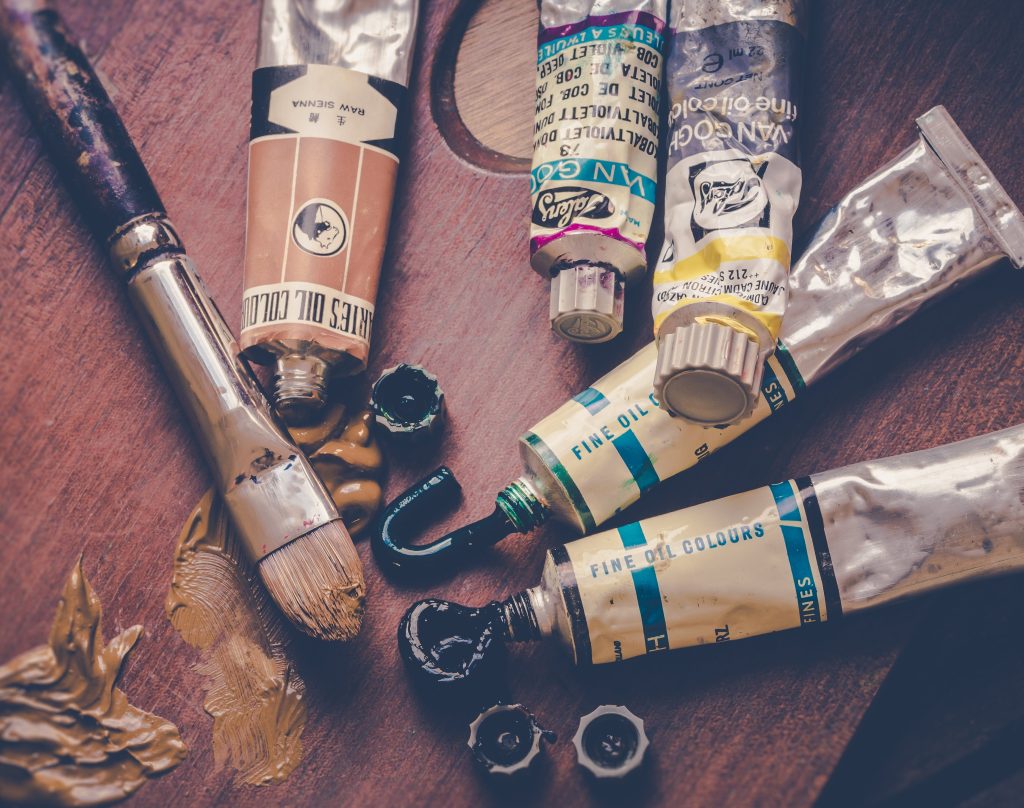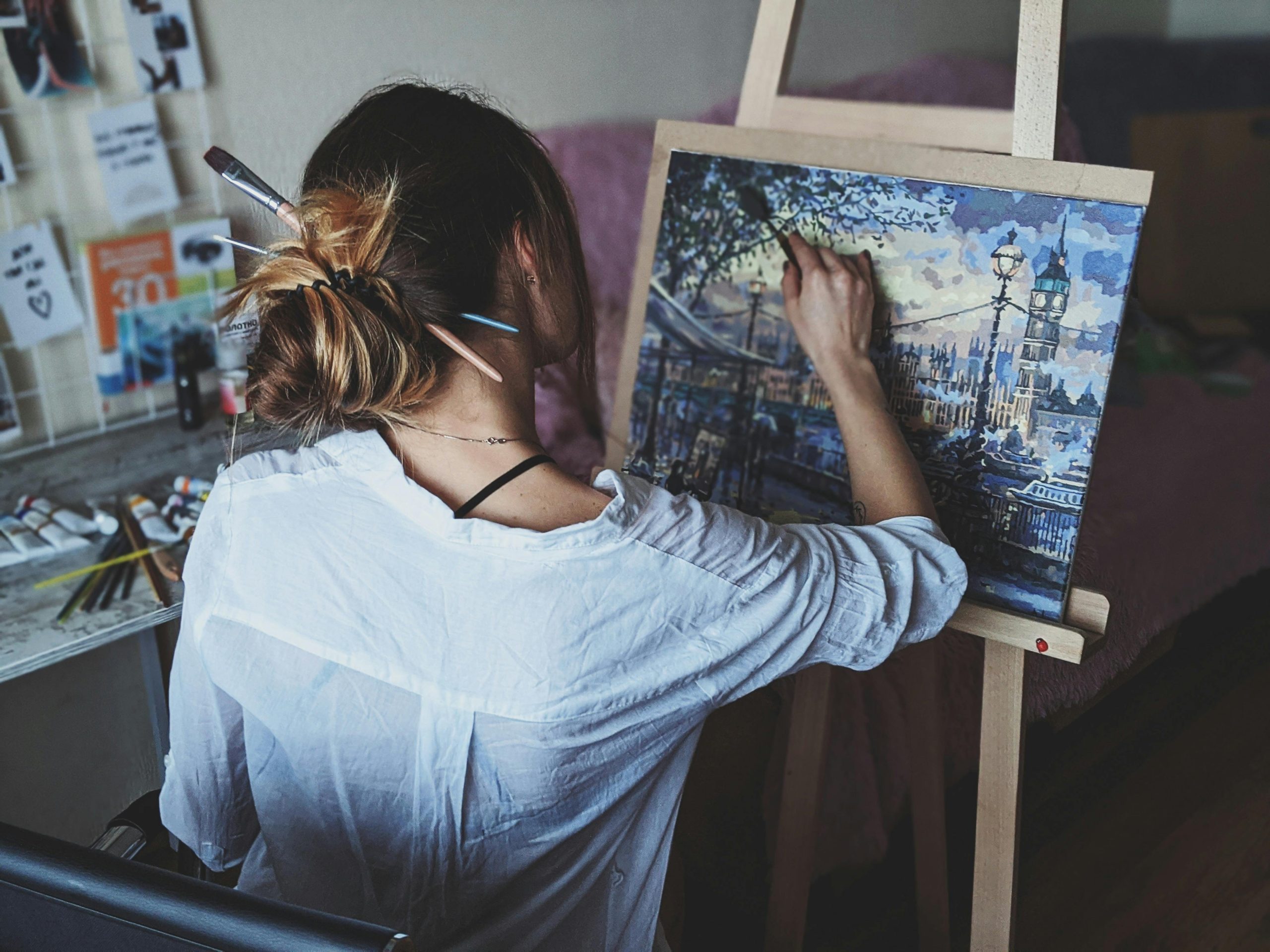“The Intersection of Art, Painting, and Cognitive Enhancement” an article that taps into the fascinating realm where art comes into contact with the human brain. Art in its various forms ranging from paintings to sculptures, communicate and convey symbolic ideas that words alone cannot. It is far more than cultural and creative expression, its a bridging dialogue between the artist and the observer, transcending fundamental notions such as time and language.
Renowned neuroscientist Dr. Oliver Sacks once said, “In terms of brain function, the arts are more powerful than anything else.”
For millennia, various forms of art such as singing, visual painting, and dance, have been utilized for therapeutic reasons. Contemporary medical settings are progressively integrating artistic mediums into the practice, in the treatment of specific disorders, cognitive enhancement, and even disease prevention.

Painting And Cognitive Enhancement
Painting as an essential pillar of artistic expression, exert profound influence on cognitive enhancement. This creative process activates many brain regions, strengthening neural connections and increasing mental flexibility. Individuals who paint make use of cognitive faculties such as memory imagination and critical thinking skills. This synchronized fusion of brain processes boosts creativity, problem solving abilities and emotional intelligence. Choosing colors and shapes when painting, for example, stimulates regions in the brain associated with visual processing, boosting spatial awareness and visual categorization.
Furthermore, the use of a brush or other similar tools improves motor skills and hand-eye coordination. Painting like any other artistic outlet serves as a way of externalizing expressions. Allowing for a healthy processing and deep understanding of one’s own feelings, thereby facilitating the process of emotional regulation, resilience and cognitive enhancement. Painting; well known for its therapeutic properties, can be especially effective in aging population, improving cognitive capacities, such as memory retention and concentration.

Art, Painting and The Psyche
Painting and art serve as windows into the psych. providing profound and undeciphered insights into the inner blurry curves of the psyche. artists as they create, they transmit ideas, emotions, and subconscious narratives into the canvas, given rise to art that mirrors their internal state. Externalizing subjective experiences can be therapeutic, given that it allows artist to examine and explore their psyche.
Painting, in particular, has the ability to expose hidden parts of a person’s personality, emotions, and unresolved conflicts. basic selections like colors, textures, and subjects reflect the artist internal facades in a subliminal manner. Bright and vibrant colors, for instance, may reflect a period of happiness and joy, whilst darker shades could express sorrow and introspection.
Furthermore, the attempt to decode and understand art expose viewers to a realm of psychological exploration. They project their own feelings, thoughts, experiences , and perceptions onto a piece of art as they analyze.
Simpson and Thompson conducted a study in 2018, employing eye movement testing to investigate the association between personality and abstract art. they observed that neuroticism corelate to a higher number of visual fixation to the left, whereas cognitive disorganization was negatively associated with fixation to upper sections, demonstrating how perceptual biases could influence the interpretation of art.
Art therapy applies such concepts in psychological treatments. utilizing painting and other art forms as methods for clients to communicate their thoughts and feelings nonverbally. Such approach helps in the exploration of hidden emotions, thereby facilitating the healing process.
The Impact of Painting on Emotional intelligence and Mental Health
The impact of painting on emotional intelligence (EI) and mental health had piqued the curiosity of researchers in psychology and art therapy.
Studies in art therapy suggest that, painting can help alleviate symptoms of depression and anxiety by providing boundary-free outlet for emotional release. For instance a study conducted by Heather Stuckey and Jeremy Nobel, involving women with cancer engaging in various visual arts reported several benefits; it helped them focus on positive life experiences, enhanced self-worth and identity, this detailed study also noted reduced emotional distress and chokingly a decrease in physical symptoms among participants.

Finally, This exploration into the domain of art, psyche and cognition sheds a new perspective on the power of painting and art in general. encourages us to continue learning and appreciating the significant impact of art on the broad sphere of our internal construct.







